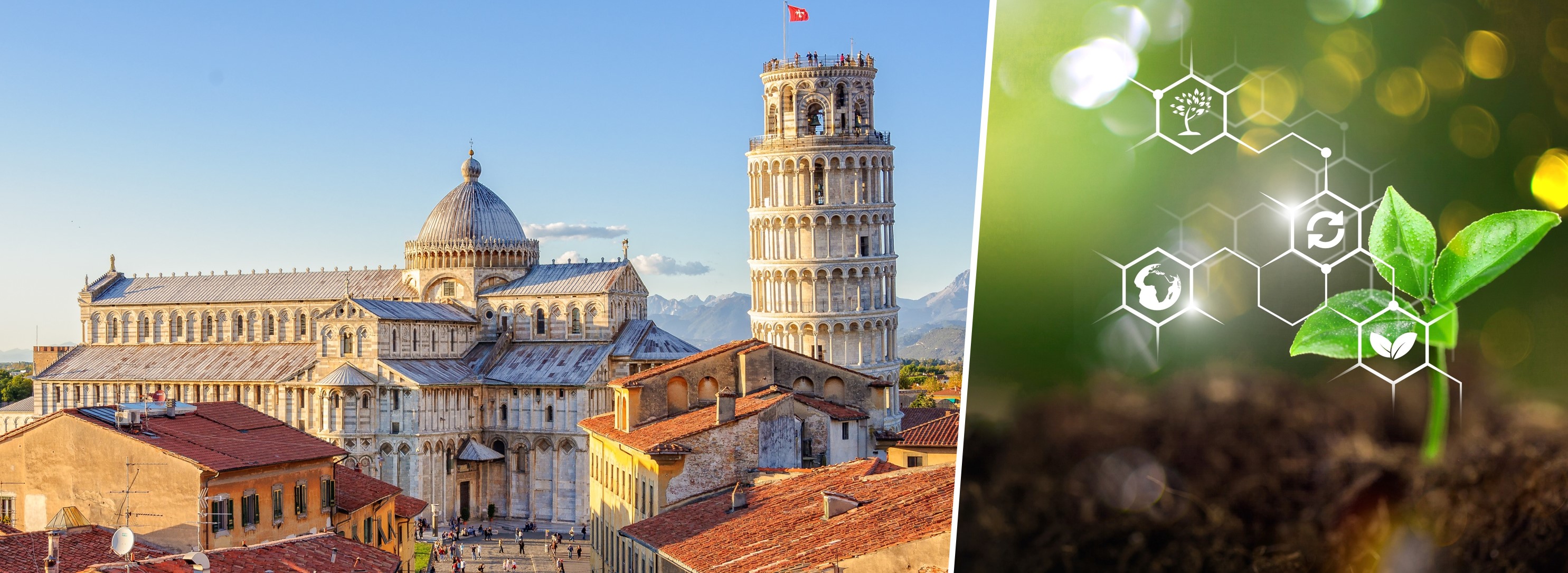"HELLO WORLD!" EXHIBITION
The Museum of Computing Machinery exhibits the most significant pieces of a very rich collection of machines linked to the history of Computer Science, unique in Italy and internationally important for its completeness and significance of the pieces.
Although the Museum is temporarily closed to the public for renovation and refurbishment, a large part of the museum’s collection is on display at the “Le Benedettine” congress centre (Piazza San Paolo a Ripa d’Arno, 16) in the exhibition Hello World! Dall’aritmometro allo smartphone, which is still open to the public.
Admission to the exhibition is free. For the entire duration of the exhibition, the activities of the Museum will be held there.
Hello World! is an interactive itinerary divided into six sections that illustrate the evolution of computing tools, from mechanical machines to Apple computers, including a time span from the second half of the 19th century to the 2000s, passing through iconic objects such as the Olivetti Programma 101 and the Apple II.
Central is the story of Pisa’s role in Italy’s computing adventure, told with this exhibition as part of the Informatica 50 celebrations, 50 years after the establishment of the first Italian curriculum in Computer Science. Indeed, Pisa is also the city where, in the late 1950s, the first Italian scientific calculator, the Calcolatrice Elettronica Pisana (CEP), was born in synergy with the Olivetti Electronic Research Laboratory. It was a combined effort made by scientists, politicians and industrialists who were aware that education and research in the field of information technology could provide a key to social, economic and cultural change for the entire country.
The vault space of the former Benedictine Monastery has been reinvented into sections where colors and sounds will immerse the visitor in the era of the machines shown, drawn even by the noises they made when they were in operation. The immersive experience is further amplified by the presence of interactions with some computational tools. Using a smartphone, it will be possible to access augmented reality content: archival audio/video material and original animations. Content that, collected in a special channel, will also be usable later, outside the visiting experience.













